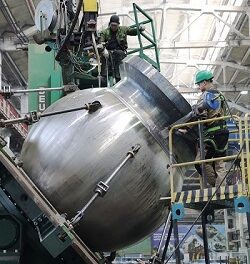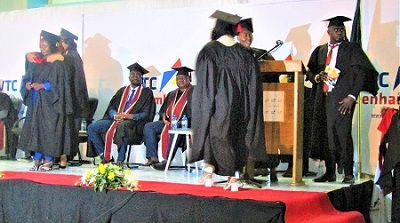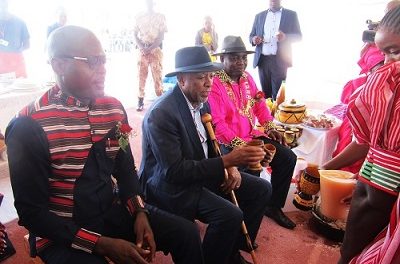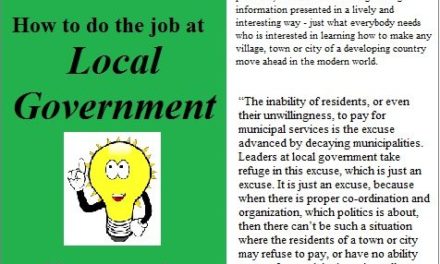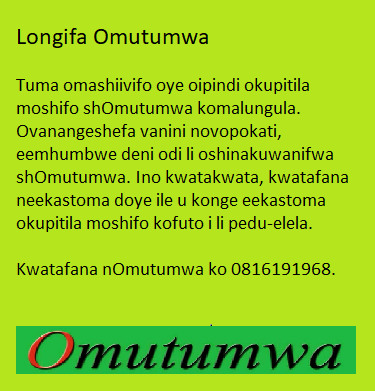The Namibian water utility Namibia Water Corporation, better known as NamWater, has failed to explain how more than 74 percent of the 2020 intakes at its vocational training centre is made out of Oshiwambo-speakers.
With the rest of the language groups combined making up a mere 26 percent.
In addition, out of these 160 young people who started with the training on 20 January 2020, females make up only 23 percent.
In an advertisement which appeared in one of the local daily newspapers there was a list of 160 names of young people who made it for the intake at NamWater Vocational Training Centre, better known as NamWater’s Human Resource Development Centre (HRDC) at Okahandja.
The courses to be done are in auto-mechanic and diesel; bricklaying and plastering; carpentry and joinery; electrical general; plumbing and pipefitting; and water and wastewater treatment.
In a telephonic communication with Omutumwa during the second week of December last year, NamWater’s senior manager for corporate communications Mr Johannes Shigwedha said he would only be able to respond early in January as the officials responsible for the intake were already on leave.
Yet by January Shigwedha was unable to provide a response to the email which he said should be re-sent to him.
In the email Omutumwa indicated that since the Namibian population is said to be made up of 50 percent Oshiwambo speakers, and the other 50 percent consists of the rest of the language groups, then the NamWater intake should have reflected this instead of it being 74 percent Oshiwambo speaking while only 26 percent are from the rest of the language groups.
The email also stated that: “There are only 37 ladies out of the total 160 candidates, making a mere 23%. Can you explain why the number of ladies is so low when compared to their male counterparts who make a whopping 77% of the candidates?”
But Mr Shigwedha did not reply to the email, nor pick up his phone.
The NamWater HRDC, located some six kilometers south of Okahandja, is registered with the Ministry of Education as a vocational training centre with a mandate of providing full-time vocational training (in both theory and practice) to Grade 10 and Grade 12 school leavers with a good pass in core subjects such as Mathematics, English and Science.
In addition the centre also offers skills upgrading in certain trades to employees who would like to upgrade their practical knowledge and skills in certain work-related fields.


